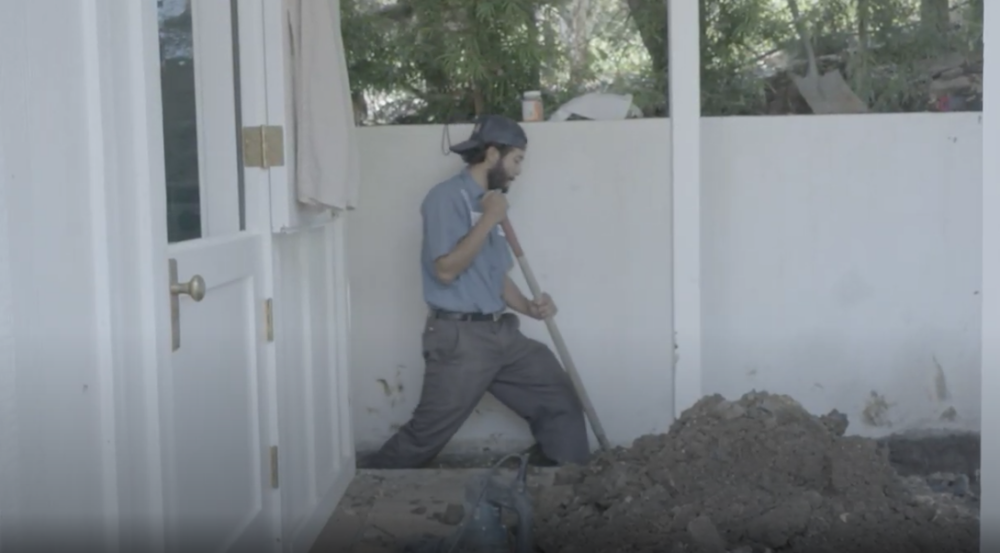
If you have a broken sewer line, you know that it’s a smelly, monstrous mess that needs to be taken care of immediately. But when it comes to pipe repairs, the choices seem endless and are probably a bit overwhelming. You just need to get this fixed, but how do you know which option is the right one?
At Monkey Wrench Plumbing, Heating, Air & Electric, our dedicated drain department has worked with miles of plumbing pipes all over Los Angeles, so we know the different ways lines can be repaired and which options are right for which situations. We want to share our knowledge with you so that you can feel confident that you’re making the right decision for your home.
If you’ve read our other pipe repair articles, you’ll know that there are three main methods for repairing pipes:
- Trench Repair
- Epoxy Liners
- Pipe Bursting
By the end of this article, you’ll learn what a trench repair is, what you can expect during the process, and if this option is right for you and your home.
What Is Trenching?
Trenching is the process of drilling or digging into the ground to replace damaged piping.
It is one of the oldest and most common methods of repairing or replacing a sewer line, but how do you know if that’s really the best option for your home?
When Would You Use a Trenching?
Trenching may be the best option for you if:
- The pipe repair is under 10 feet
- You don’t mind digging up your yard
- You prefer old-school methods
Trenching may not be the best option for you if:
- You only have small cracks or holes
- You want minimal disturbance to your yard
- Your pipe repair is more than 10 feet
Since this repair would completely dig up the section of old pipe needing to be repaired or replaced, the more feet that need to be repaired, means the more ground that needs to be dug up around your home.
What to Expect During the Trenching Process
So what does the trenching process look like?
- First, your plumber will locate your sewer line in the ground with a probing stick and mark where they’re planning to dig.
- Before digging, your plumber will need to call DigAlert to find where any utility, gas, water, electrical, and communication lines are. This planning makes sure nothing gets damaged while replacing your pipe.
- Once they get the all-clear, a team of plumbers will dig about two feet around the left and right side of your old pipe and remove it from the connection that leaves your home.
- Before the new pipe is installed, your plumbers will put sand in the trench and pack it down at a slight angle to support the new pipe. If the sand isn’t packed well during this step, this could create backups in the future. Any pipe that has too much space underneath it will start to bend and create sewage flow backups.
- Your plumbers will then install the brand-new pipe with all the necessary connections. During this time, your plumber will also make sure the sewage pipe is deeper in the ground than your water line. This is so that if there’s an issue in the future with your sewer line, you’ll reduce the risk of getting contaminated water.
- After the new pipe is installed, your plumbers will run a camera and water through the new pipe to make sure everything flows and is installed correctly.
- Once it looks like the line is set, your plumber will rebury the pipe.
So, What’s Next?
We’ve discussed trenching, but what does that mean for you? If you need to replace a small section of your pipes and you don’t mind your yard being dug up in the process, then this is probably going to be the best option for you. At Monkey Wrench Plumbing, Heating, Air & Electric, we take pride in our planning for each home to make sure the job is done right and you are completely satisfied.
If this sounds like the best option for you, give us a call at (818) 213-1773 or schedule your appointment with our online Scheduler.
Still not sure if a trench repair is the best option? Take a look at some of our other blogs on pipe repairs to see if there’s a better option for your home:
- Pipe Repair: Epoxy Liners
- Pipe Repair: Pipe Bursting
- 3 Ways to Fix a Broken Sewer Line: Trench and Trench-less Options

